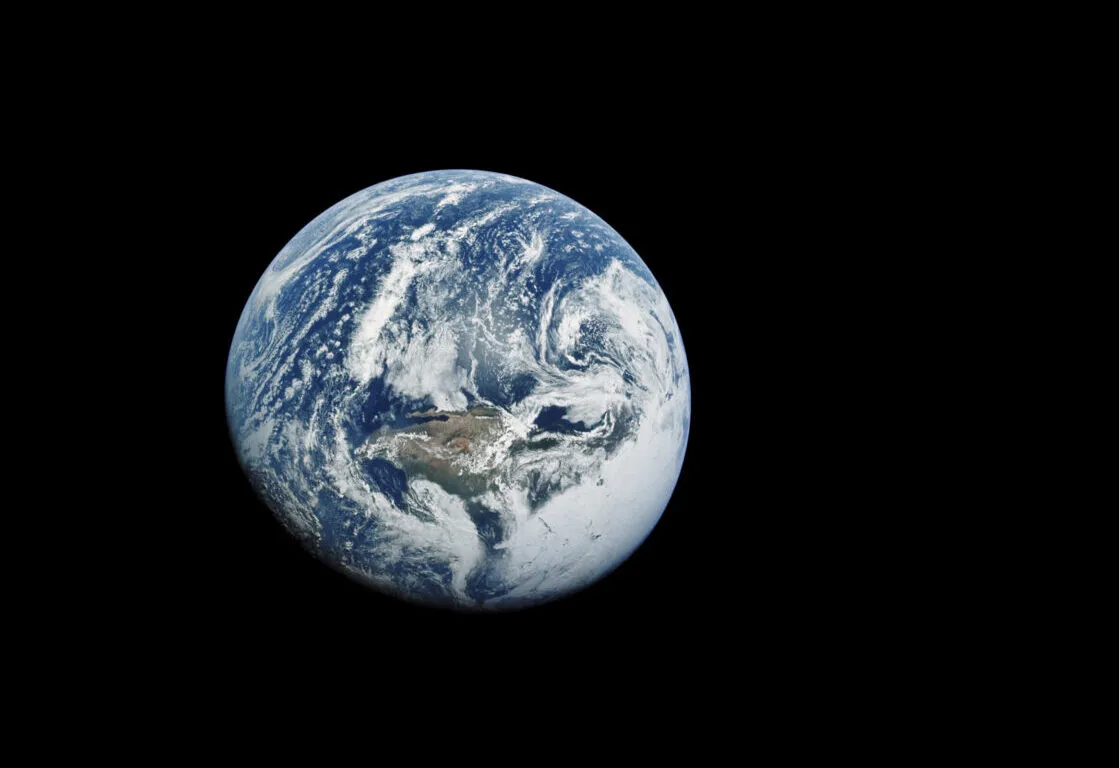Twenty-seven astronauts, via the Apollo program’s mighty Saturn V rockets, left Earth for the Moon—a quarter-million miles away.
Except for those few who serviced the Hubble Space Telescope, and some SpaceX tourist missions, the remaining five hundred astronauts who have orbited Earth did not ascend much higher than about 250 miles above sea level.
A distance slightly farther than from Paris to London.
Or from Islamabad to Kabul.
Or from Kyoto to Tokyo. Or from Cairo to Jerusalem. Or from Seoul to Pyongyang.
If you’re a geographically challenged American, then it’s slightly farther than from New York City to Washington, DC.

Next time you hold a schoolroom globe of Earth in your hand, have a look at the distances between any of these pairs of cities.
They sit about a centimetre from each other.
Which means, what we’ve been calling “space travel” all these years has been astronauts orbiting one centimetre above a school globe, boldly going where hundreds have gone before, at a distance you can drive in less than four hours if you headed straight up and obeyed terrestrial speed limits.
My low-earth-orbit smackdown notwithstanding, ascending even these modest distances can offer enlightened perspectives.
When not viewed through binoculars or highresolution cameras, very little of human civilization is recognisable from orbit.
Yes, the lights of cities at night can be striking from above, although not much more striking than from an airplane.
No, you won’t see the Great Wall of China, nor the US interstate system, itself wider than the Great Wall, and you will just barely make out the Hoover Dam and the Great Pyramid in Egypt.
The resolution of the human eyebrain combination is about one arc minute.
The highly touted Apple 'retina' display was their successful attempt to create pixels smaller than your eye can resolve—smaller than one arc minute in your field of view at the typical distance you would use the display.
With that resolution, the eye-brain system sees no pixels, bringing unprecedented clarity and sharpness to images.
With 20/20 vision, that’s equivalent to the size of a walnut across the length of a football field.

The Hubble Space Telescope, which has better than 20/20 vision, and which has military versions of itself looking downward instead of upward, can resolve a walnut at a distance of one hundred miles.
With only one or two human-made structures visible from Earth orbit, everything else that divides us—national borders, politics, languages, skin colour, who you worship—is invisible to you.
The colour-coded countries painted on our maps offer stark reminders of who is not us, thus helping to identify our allies as well as our enemies.
This article is an excerpt taken from the new book Starry Messenger, by Neil deGrasse Tyson, published by Harper Collins.
